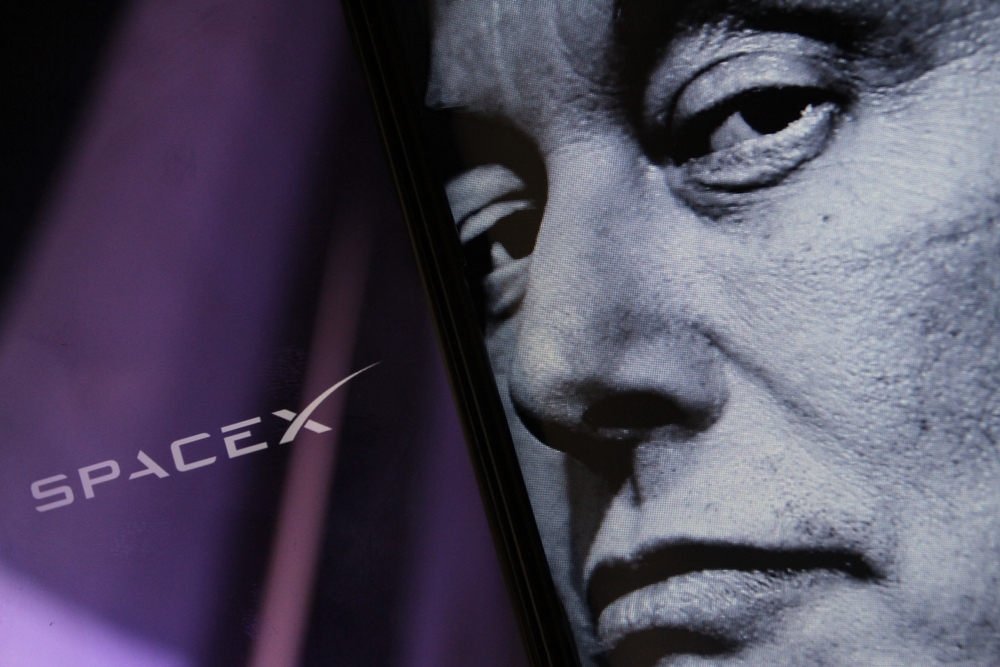On Thursday, September 12, 2024, SpaceX’s Polaris Dawn mission achieved a groundbreaking feat in space exploration by conducting the world’s first commercial spacewalk. The mission, led by billionaire and private astronaut Jared Isaacman, marks a major step forward in the growing role of private companies in space missions.
“A Perfect World from Space”
Jared Isaacman, standing partially outside SpaceX’s Dragon spacecraft, described the moment as surreal: “SpaceX, back at home we have a lot of work to do, but from here it looks like a perfect world.” This powerful reflection came as Isaacman became the first private astronaut to exit a spacecraft for a spacewalk.
Launched on September 10 from NASA’s historic Launch Complex-39A, the same site that sent Apollo 11 to the moon, the crew of four included Isaacman, pilot Scott “Kidd” Poteet, and SpaceX employees Sarah Gillis and Anna Menon. Within 15 hours, the crew set an altitude record of 870 miles (1,400 kilometers), surpassing the previous record held by NASA’s Gemini 11 mission.
A Bold Step into the Void
After reaching this historic altitude, Isaacman and mission specialist Sarah Gillis exited the Dragon spacecraft for a spacewalk. Isaacman made his way out first at 6:48 a.m. EDT, followed by Gillis at 7:04 a.m. EDT. This marked the first time a privately funded crew performed an extravehicular activity (EVA), adding another milestone to the mission’s achievements.
The EVA lasted for one hour and 46 minutes as the astronauts conducted mobility checks on their specialized SpaceX-designed spacesuits, which are both lightweight and protective. The spacesuits are expected to be used for future missions, potentially even for Mars exploration.
Advancing Space Science
Beyond the spacewalk, Polaris Dawn’s mission objectives also include 36 science experiments, many focusing on the effects of space travel on human health. These include tests on biometric wearables, motion sickness mitigation, and how space radiation affects the body. NASA’s associate chief scientist Jancy McPhee commented, “Information gathered from Polaris Dawn will give us critical insights to help NASA plan for deeper space travel to the moon and Mars.”
For more information, visit the official source.


